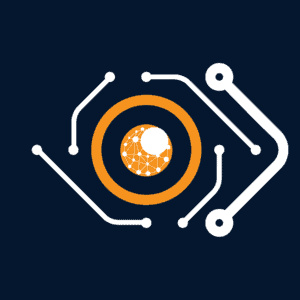In the news this week, “nudging”. Read how almost 15 years after introducing a critical choice-making framework, behavioural economists Cass Sunstein and Richard Thaler reflect on its continuing impact on business and society.
Welcome to The Digital Eye, your weekly roundup of the latest technology news.
Our team of experts have scoured the internet for the most exciting and informative articles so that you can stay up-to-date on all things digital, data, blockchain, AI & analytics.
This week’s the Top Reads:
- 4 conversations every company needs to be having about AI
- How Blockchain Is Changing the Insurance Sector
- McKinsey: Much anew about “nudging”
Additional Reading:
You may also enjoy my latest article on “Why leaders need to focus on people ahead of technology to maximise benefits“.
We hope you find this information valuable and would appreciate your help in sharing it with others who may also be interested.
McKinsey: Much anew about “nudging”
Cass Sunstein: “A nudge is an intervention that maintains freedom of choice but steers people in a particular direction. A nudge can get us to pay attention”.

NUDGING
👁️🗨️ Read Article
“Almost 15 years after introducing a critical choice-making framework, behavioural economists Cass Sunstein and Richard Thaler reflect on its continuing impact on business and society.
Since Harvard professor Cass Sunstein and University of Chicago professor Richard Thaler introduced the concept of nudging to the world, in 2008, about 400 “nudge units”—or behavioural-insights teams—have been established in public- and private-sector organizations around the world. Nudges are interventions, big and small, aimed at getting people to act in their own best interest. Health organizations, for example, have used nudges to educate citizens about COVID-19 testing and vaccination. Consumer-goods companies have used them to steer customers toward climate-friendly products and services. Indeed, nudging has become so widespread that Sunstein and Thaler decided to update their thinking and to capture it in the newly released Nudge: The Final Edition (Penguin Books, August 2021). In a recent conversation with McKinsey’s Julia Sperling-Magro and Roberta Fusaro, the authors reminded us what nudge and choice architecture is. They also considered how technology and other changes in business and society have altered the practice of nudging and the amount of “sludge” in decision making. An edited version of the conversation appears here.”
shared by @McKinsey
4 conversations every company needs to be having about AI
1. Focused & intentional?
2. Prepared for data challenges?
3. Considered people effect?
4. Is governance & security in order?

Business process automation concept. Gears and icons on abstract background.
👁️🗨️ Read Article
“As consumers, we’ve widely welcomed artificial intelligence and machine learning into our daily lives. “Smart” speakers, facial recognition on our phones, targeted ads we love to hate — these are just some of the AI-powered technologies all around us.
But inside companies, where AI holds virtually incalculable benefit in a range of use cases — such as hyper-efficient and productive IT, supply chain automation, and increasingly intelligent cybersecurity ecosystems — the status of adoption is more of a mixed bag.”
shared by @VentureBeat
Insurtech 2022 – the challenges and opportunities
“Blockchain & the data security it brings with it creates an effective response for insurance companies facing ever-increasing compliance and mature markets with more competitors”

business illustration. small people characters develop creative business idea. Isometric big light bulb as metaphor idea. Graphics design Generative AI
👁️🗨️ Read Article
“When one mentions blockchain, people often think of cryptocurrencies, mining and large power-hungry data centres, however, it should not be so limited. Blockchain is starting to be used in other markets, including the insurance one, where experts have predicted, that due to changes like a decrease in human error and protection from fraud and hackers, the annual global blockchain market in insurance will grow to more than $1billion.
When looking at blockchain, the technology has advanced to a point where it, to some extent, no longer adheres to its original purpose, as many enterprises are using private blockchains to store data. Blockchain was originally introduced to decentralise data storage so that it could not be owned, controlled or manipulated by a central actor. Private blockchains however go against this as one can control who is allowed on the blockchain. As the insurance industry looks to meet its expanding digital challenges, Jonas Lundqvist, CEO of Haidrun, looks at the role of private blockchain to deliver secure automated solutions:”
shared by @thefintechtimes


 The DiGITAL EYE
The DiGITAL EYE